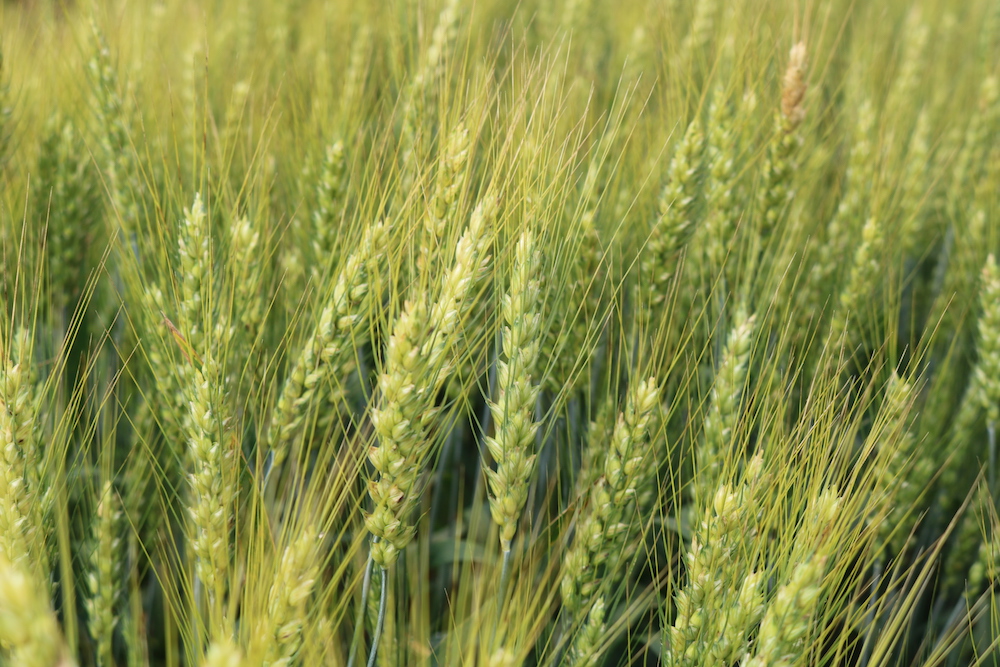
The first time I stepped into a grocery store after Ontario announced an emergency order in March (which mandated the closure of non-essential businesses and prohibited gatherings of more than five people), I was shocked at the state of the store’s shelves and food supply. The selection of fresh produce was slim; the meat and egg shelves were bare, and the freezers that once held frozen fruits and vegetables were completely empty. I’d heard about empty shelves in stores in larger city centres, but couldn’t believe how quickly my rural grocery store’s supplies had been depleted.
With a pantry full of beans and chickpeas, dried pasta and homemade jarred tomato sauce, a freezer full of meat from my butcher (who also happens to be my brother) and two dozen eggs from a local farm in my fridge, I wasn’t too worried about feeding my family of five (including three young kids who ask for snacks approximately every eight minutes).
But in the coming days and weeks, it became evident that food supply issues were going to become a major concern for consumers and industry alike during the pandemic. Despite messaging from federal and provincial governments reassuring Canadians that the country had ample food supply, and funding in certain provinces to help connect people with job opportunities within the agri-food sector, certain items are still hard to find. As I write this in early May, my local store had a decent selection of flour today for the first time in nearly eight weeks, and there were even a few packets of instant-rise yeast available.
While consumers may be happy to see the shelves restocked, it’s important to acknowledge how hard the industry is working to make that happen despite the myriad challenges it’s facing. Compared to the rest of the industry, crop farmers seem to be doing OK. The availability and delivery of seed and fertilizer inputs went relatively unaffected this spring, seeding is well underway (although in many places, the 2019 never-ending harvest from hell posed other challenges). But with restaurant closures resulting in an oversupply of eggs, milk and other products, and the closure of seven meat processing plants across the country, and in some cases, misguided government support (or lack thereof), the industry as a whole is feeling the effects.
If we’re looking for silver linings, here are two to consider. The pandemic has brought the importance of Canadian agriculture to the forefront: those who never considered how food landed on store shelves have a new appreciation for the essential work that farmers do. And the nature of farming naturally lends itself to physical distancing, so there won’t be too many added barriers to safe working as the season progresses.
There’s still a lot of uncertainty and unanswered questions, but Canada’s agriculture community is nothing if not resilient. We wish you clear skies, ideal conditions and better days ahead.
